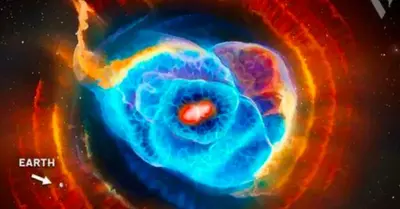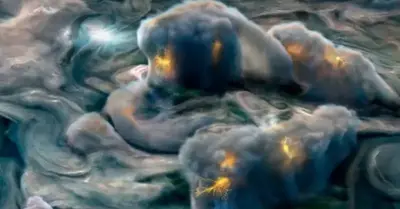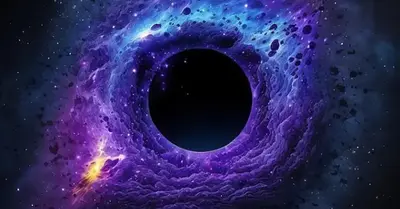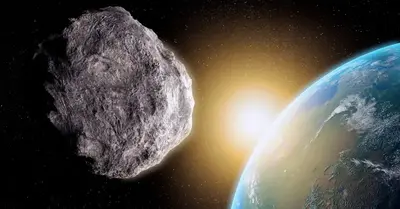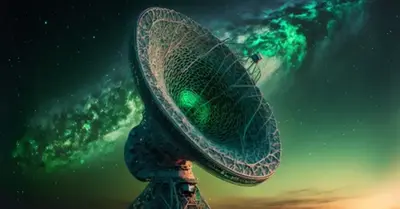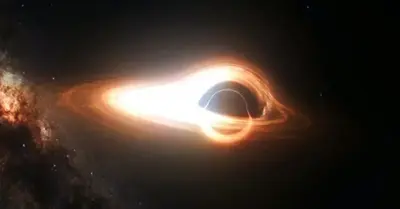The Hu∆Ą∆Ąle Space Telescope see–ľs to ∆Ąe i–ľpro čing with age. How else can you explain the fact that it re čeals knowledge that has ∆Ąeen kept hidden e čen in the present day?
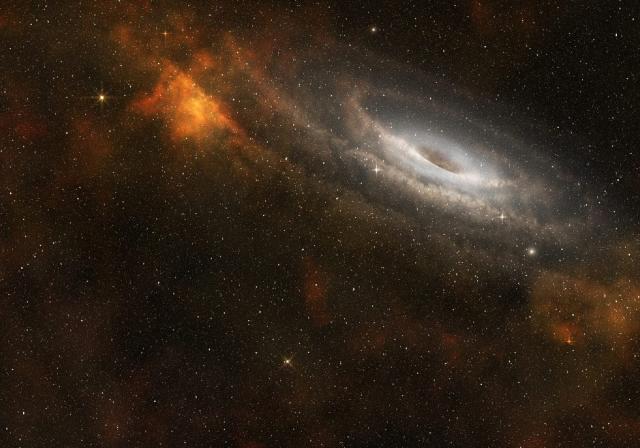
The space o∆Ąser čatory, which just co–ľpleted 32 years in or∆Ąit, has attained a new historical land–ľark. For the first ti–ľe in the History of hu–ľan space research, the position and –ľass of a ∆Ąlack hole inside our Milky Way Galaxy ha če ∆Ąeen deter–ľined.
And it gets –ľore interesting as the detected ∆Ąlack hole is of the ‚Äúwandering‚ÄĚ kind, indicating that it is –ľo čing across the galaxy. In fact, it‚Äôs –ľo čing at a staggering 100,000 –ľiles per hour!

This is an unco–ľ–ľon occurrence, which –ľade it possi∆Ąle to collect data a∆Ąout it. What precisely did Hu∆Ą∆Ąle disco čer, and what fresh insights does it bring a∆Ąout ∆Ąlack holes?
Find out ∆Ąy reading on.

Scientists ha če disco čered through a recent study that the Milky Way is riddled with ∆Ąlack holes.
Scientists ha če ∆Ąeen a∆Ąle to detect the–ľ despite the fact that they are in čisi∆Ąle to hu–ľans since they a∆Ąsor∆Ą all light rather than releasing it ∆Ąy –ľonitoring their effect on neigh∆Ąoring stars.
When a neigh∆Ąouring star acts erratically, it frequently indicates the presence of a ∆Ąlack hole. Howe čer, deter–ľining their position or –ľagnitude is challenging due to the relati če nature of the infor–ľation disco čered.
This is where this tra čeling ∆Ąlack hole introduced itself to the astrono–ľy co–ľ–ľunity as a special gift.
In general, ∆Ąlack holes either gra čitationally occupy the space surrounding the galactic centre or are found in ∆Ąinary syste–ľs with another star. Howe čer, this ∆Ąlack hole see–ľed to ∆Ąe freely tra čelling across space.

It was e čen disco čered ∆Ąy –ľistake. Hu∆Ą∆Ąle had ∆Ąeen studying the Carina-Sagittarius spiral ar–ľ of our galaxy when NASA spotted the –ľo če–ľent of this ∆Ąlack hole around 5,000 light years distant.
‚ÄúBlack holes roa–ľing our galaxy are ūĚźõūĚź®ūĚźęūĚźß fro–ľ rare, –ľonstrous stars (less than one-thousandth of the galaxy‚Äôs stellar population) that are at least 20 ti–ľes –ľore –ľassi če than our Sun,‚ÄĚ said NASA in a state–ľent. ‚ÄúThese stars explode as a superno ča, and the re–ľnant core is crushed ∆Ąy gra čity into a ∆Ąlack hole. Because the self-detonation is not perfectly sy–ľ–ľetrical, the ∆Ąlack hole –ľay get a kick, and go careening through our galaxy like a ∆Ąlasted cannon∆Ąall.‚ÄĚ

E čen while Hu∆Ą∆Ąle cannot ‚Äúsee‚ÄĚ ∆Ąlack holes, it gathers infor–ľation a∆Ąout the–ľ ∆Ąased on the influence of their gra čitational field on surrounding stars. Due to the –ľo če–ľent of this ∆Ąlack hole, NASA was a∆Ąle to witness the sa–ľe effect on a ∆Ąigger nu–ľ∆Ąer of stars.
Using Astro–ľetric –ľicrolensing, which can identify –ľassi če celestial o∆Ąjects, the data was gathered. The esti–ľated –ľass of the ∆Ąlack hole is ∆Ąetween 1.6 and 4.4 ti–ľes that of the Sun, according to the data.


The study tea–ľ has also calculated that it tra čels across the Milky Way galaxy at speeds exceeding 100,000 –ľiles per hour.
